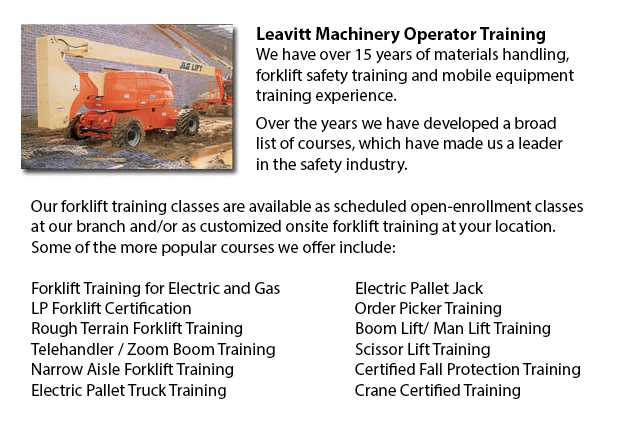
Victoria Boom Lift Safey Training - Boom lifts fall under the category of aerial lifting device or elevated work platform. Most commonly used in industry, warehousing and construction; the boom lift is really versatile that it could be used in practically any surroundings.
The elevated work platform is used so as to allow access to heights which were otherwise inaccessible utilizing other means. There are risks inherent when making use of a boom lift device. Workers who operate them need to be trained in the right operating methods. Avoiding accidents is vital.
The safety aspects that are involved in using boom lifts are included in our Boom Lift Training Programs. The course is suitable for those who operate self-propelled elevated work platforms and self-propelled boom supported elevated work platforms. Upon successful completion of the course, People who participated will be given a certificate by somebody authorized to confirm completing a hands-on assessment.
Industry agencies, local and federal regulators, and lift manufacturers all play a role in establishing standards and providing information to be able to help train operators in the safe utilization of elevated work platforms. The most essential ways to prevent accidents associated to the utilization of elevated work platforms are the following: performing site assessments; checking machines; and putting on safety gear.
Vital safety considerations when operating Boom lifts:
Operators stay away from power line, observing the minimum safe approach distance (or also known as MSAD). Voltage could arc across the air to find an easy path to ground.
To be able to maintain stability when the platform nears the ground, a telescopic boom needs to be retracted before lowering a work platform.
People working from the platform of a Boom lift must tie off to be able to guarantee their safety. Safety harness and lanyard combinations should not be attached to any anchorage other than that provided by the manufacturer, never to other wires or poles. Tying off may or may not be required in scissor lifts, that depends on specific local rules, employer guidelines or job risks.
Avoid working on a slope which exceeds the maximum slope rating as specified by the manufacturer. If the slop goes beyond requirements, therefore the equipment must be transported or winched over the slope. A grade can be simply measured by laying a minimum 3-feet long straight board or edge on the slope. Then a carpenter's level could be laid on the straight edge and the end raised until it is level. The per-cent slope is obtained by measuring the distance to the ground (also known as the rise) and then dividing the rise by the length of the straight edge. Afterward multiply by 100.
-
Victoria Scissor Lift Certification
Victoria Scissor Lift Certification - Lots of worksites and tradespeople like for example iron workers, welders and masons make use of scissor lift platforms in order to help them reach elevated work places. The operation of a scissor lift is often s... More -
Victoria Heavy Equipment Training School
Victoria Heavy Equipment Training School - HEO or likewise known as the heavy equipment operator courses would provide you with the skills and knowledge needed to be able to enter the workforce as an entry level heavy equipment operator. In this 12 w... More -
Victoria Forklift License
Victoria Forklift License - Within North America, acquiring forklift certification or a forklift license involves hands-on and classroom training. Regulatory control over licensing, certification and training for powered industrial truck operators fa... More -
Victoria Overhead Crane Certification
Victoria Overhead Crane Certification - The overhead crane training certification program is designed to be effective with all those participating regardless of language or literacy limits. The course has two parts: a classroom training session and a... More -
Victoria Heavy Equipment Ticket
Victoria Heavy Equipment Ticket - Depending on the nature of the job at hand, the type of construction equipment which a heavy equipment operator utilizes differs. Each type of machine is constructed to do specific jobs in the most effective manner c... More -
Victoria Telehandler Training
Victoria Telehandler Training - Telescopic handlers usually known as telehandlers for short, are a really popular piece of heavy construction equipment. They are usually utilized in the agriculture and construction industries. These machines have ext... More -
Victoria Zoom Boom Ticket
Victoria Zoom Boom Ticket - Zoom Boom Training focuses on properly training potential operators on variable reach forklifts. The training objectives include gaining the understanding of the equipments physics and to define the job of the operator. Th... More -
Victoria Crane Certification
Victoria Crane Certification - The Crane Certification training program includes subject matter suggested by industry about the efficient and safe operation of cranes. Trainees would learn the following: pre-operational, operational and post operatin... More

Forklift Certification Victoria
TOLL FREE: 1-888-254-6157
Victoria, British Columbia
forkliftcertificationvictoria.com
Email Us
About Us


